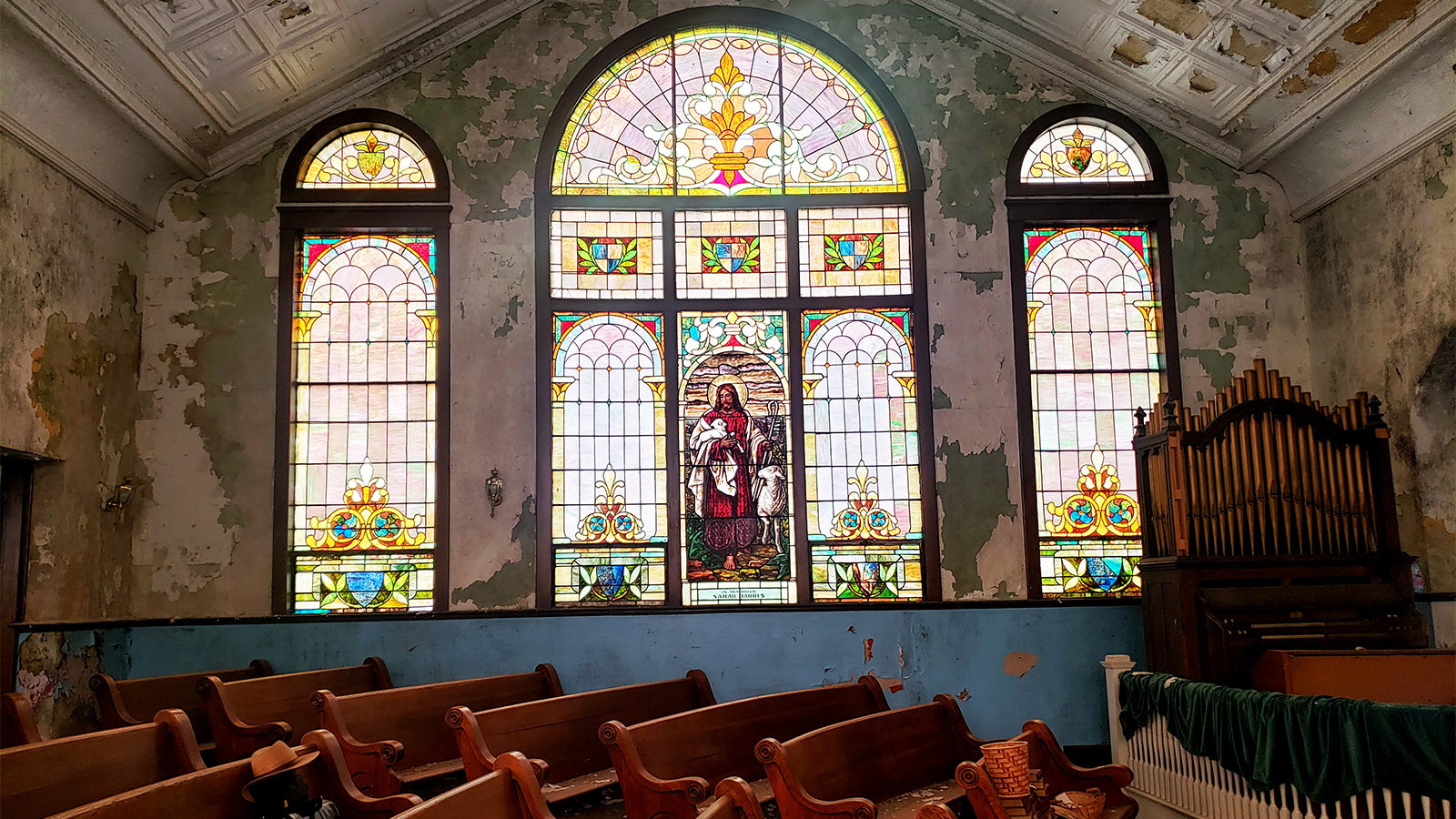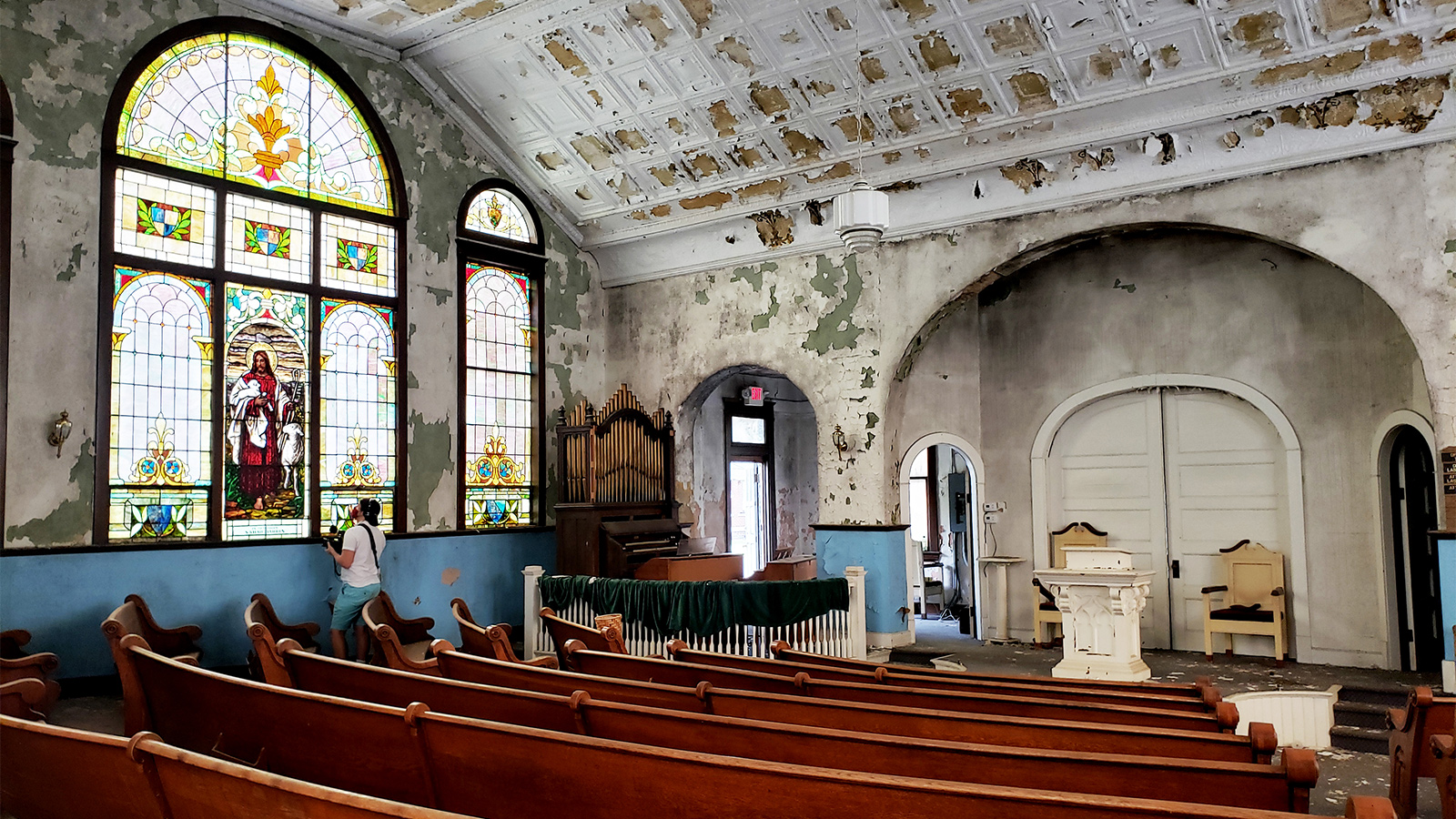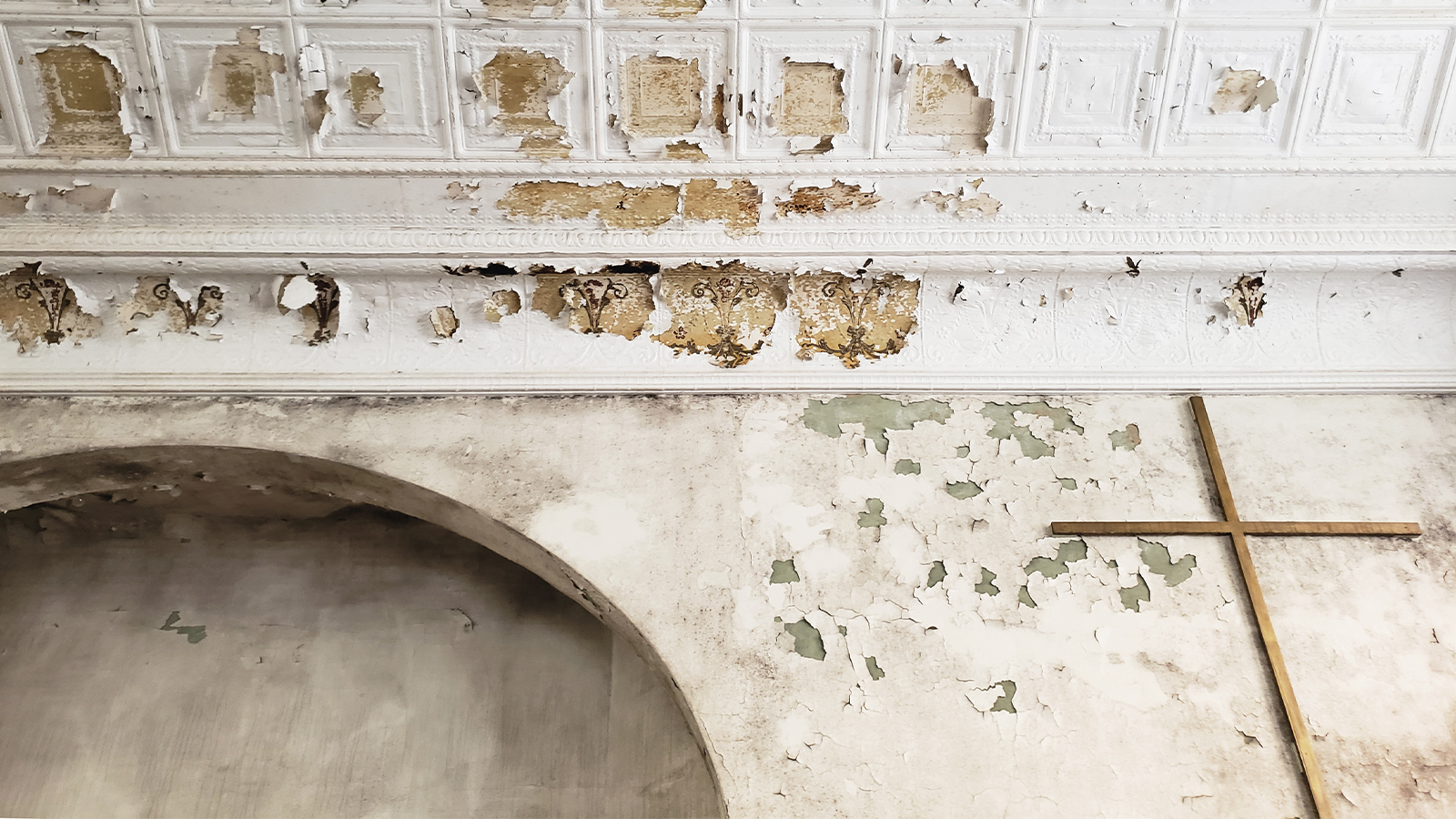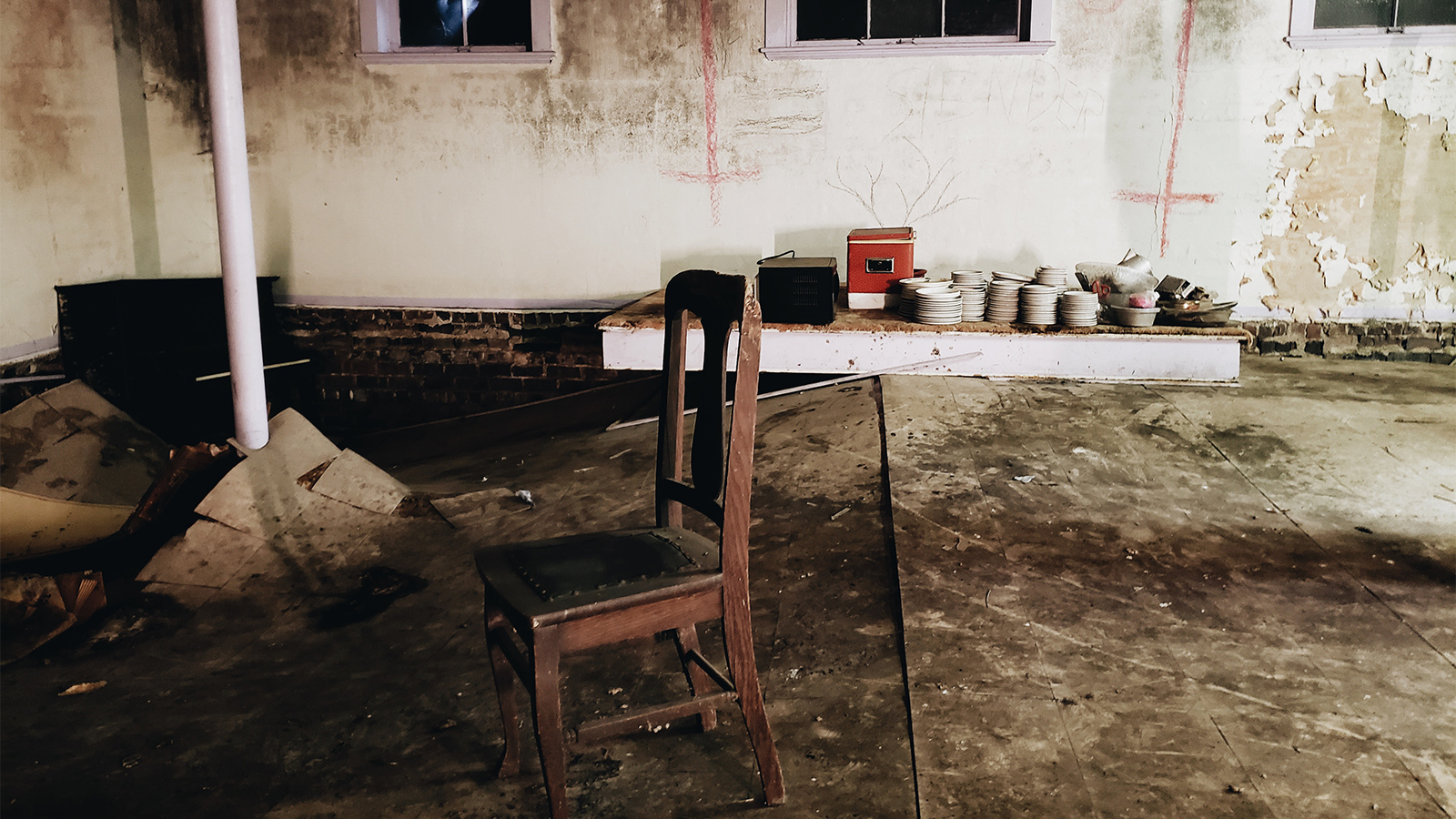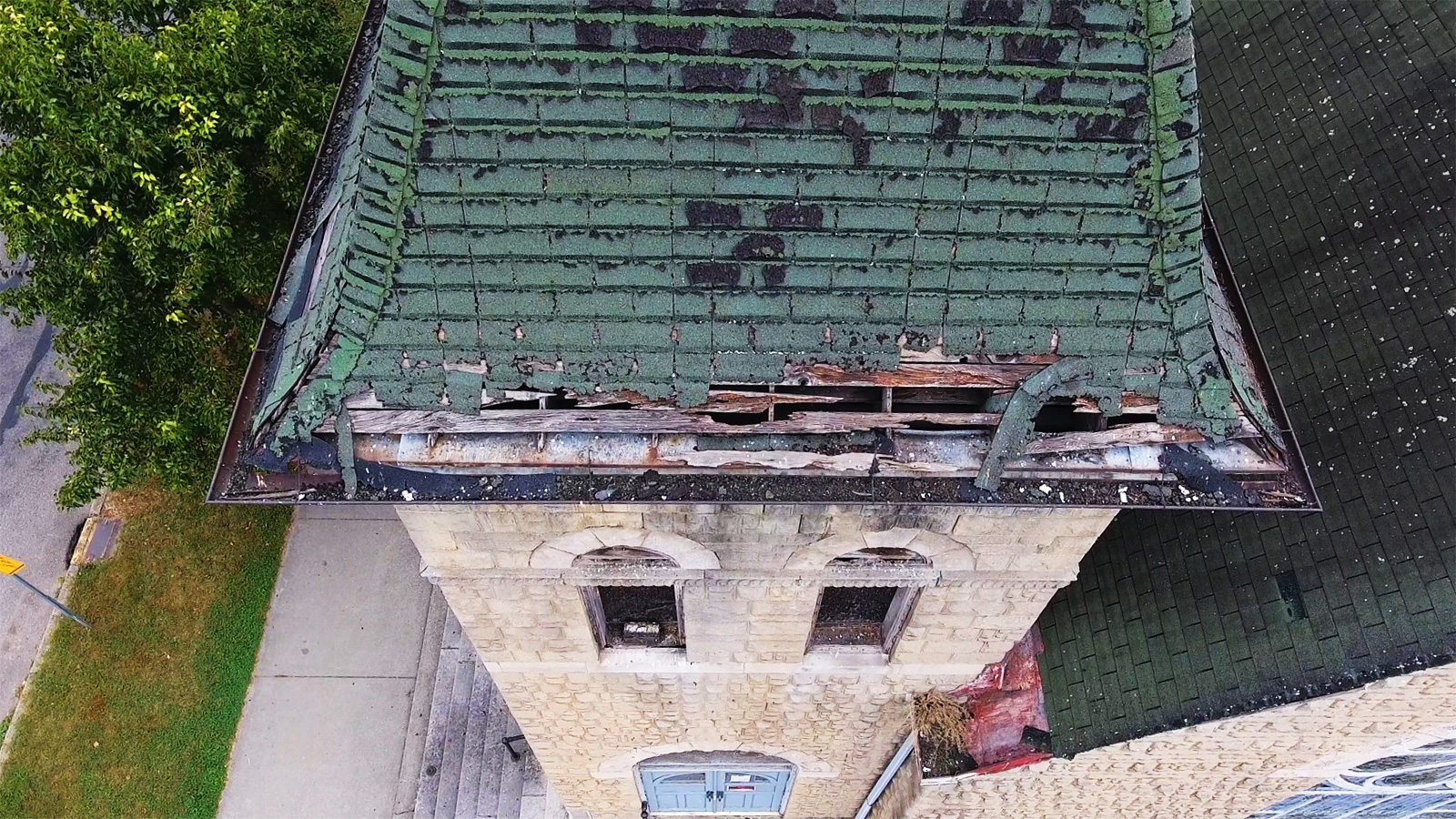CIRD - Mt. Zion Cultural Hub
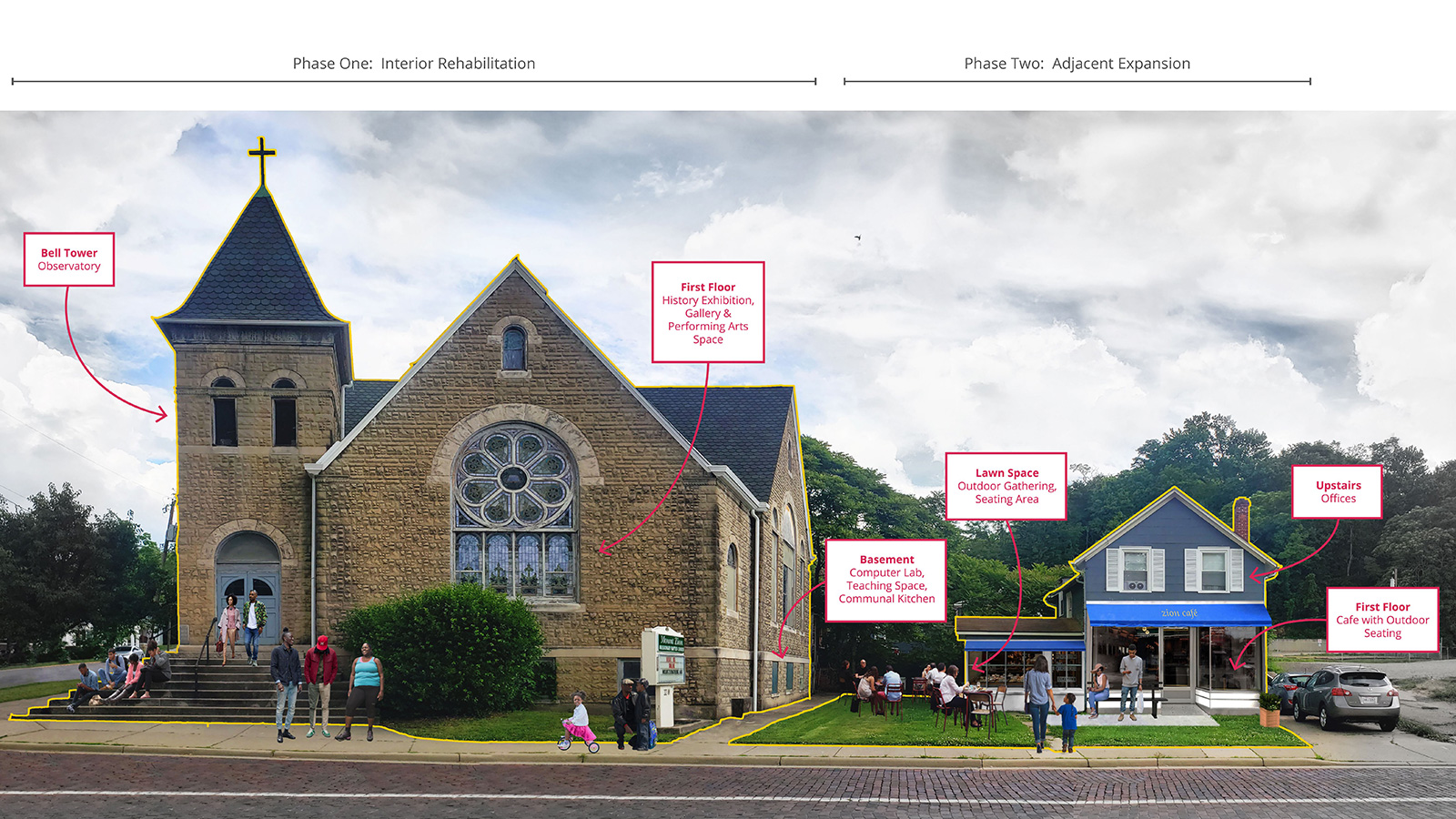
The Citizens’ Institute on Rural Design (CIRD) is a leadership initiative of the National Endowment for the Arts in partnership with the Housing Assistance Council, focused on enhancing the quality of life and economic viability of rural America through planning, design, and creative placemaking.
The Citizens’ Institute on Rural Design (CIRD) is a initiative of the National Endowment for the Arts in partnership with the Housing Assistance Council, and, To Be Done Studio (TBD). CIRD is focused on enhancing the quality of life and economic viability of rural America through planning, design, and creative placemaking.
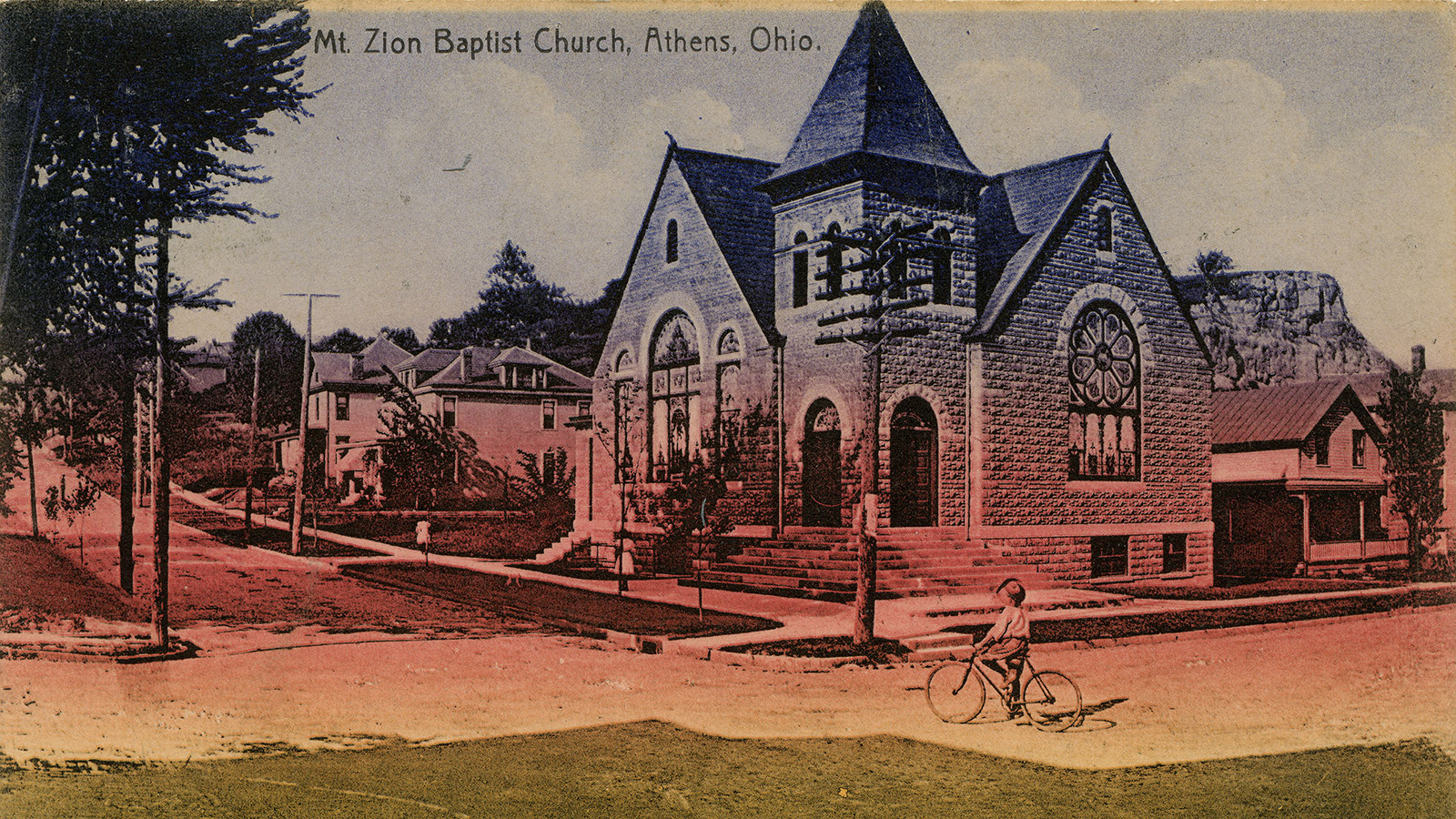
Based in Athens, OH, the Mount Zion Baptist Church building was built by free-born and formerly enslaved Black artisans. It was once an anchor for the Black Community in Appalachia. After several decades of neglect, the church has fallen into disrepair and can no longer support the robust programming it once did.
TBD worked with the Preservation Society and other local representatives to support the preservation, rehabilitation and adaptation of the building by creating a multi-functional design for the historic church “as a hub providing social, cultural and economic opportunities for minority residents.”
As the result of an extensive community engagement process, a set of core values emerged as essential components for bolstering the longevity of the BIPOC community and its presence in the area, with the building serving as cornerstones for the following:
Gathering Space: An inclusive and safe cultural space for the Black community (youths, students, alumni, professionals, etc.) to come together
Knowledge Hub: A space that tells the story of the Black community and church itself while fostering learning and creativity
Heritage Tourism: A space that supports the community and heritage (cultural, culinary, etc.) of the city while serving as a symbol and gathering place for the wider Appalachian Black community
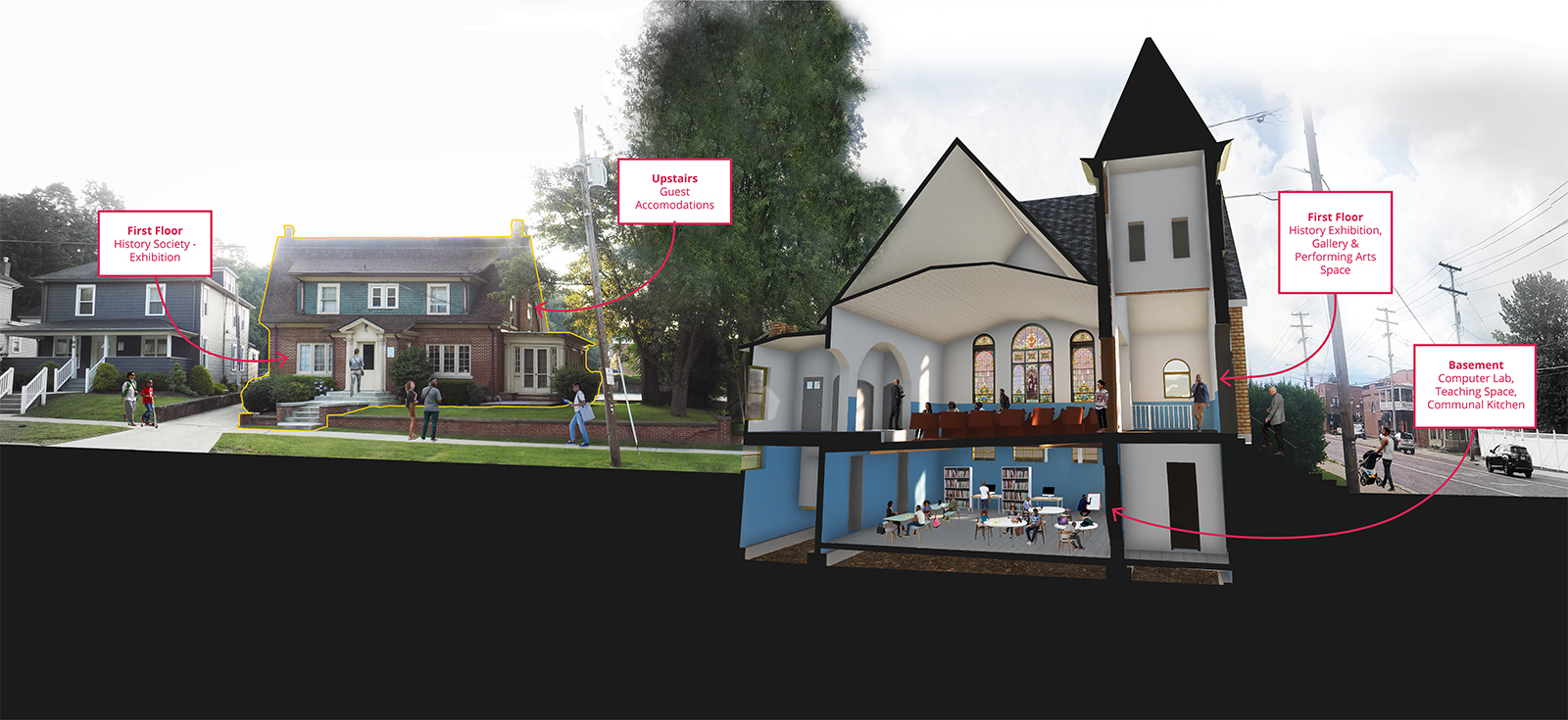
Section illustrating adaptive re-use of the church building and adjacent historic home.
Phasing approach to restoration of the century-old church as a hub for Black history and culture.
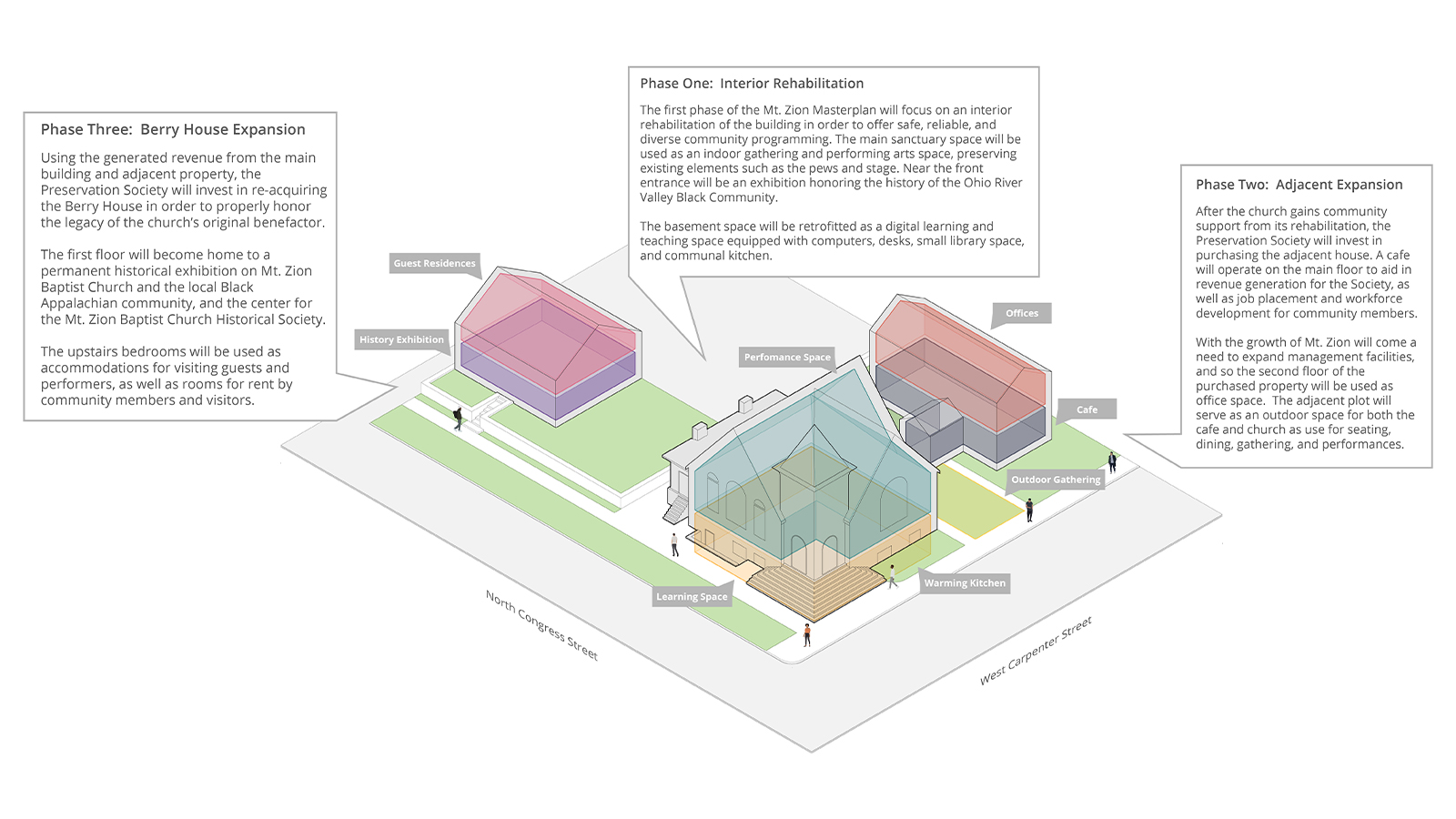
Extensive research was performed throughout the project. Here, community members and historians lead the project team on a tour though historic grave sites nearby.
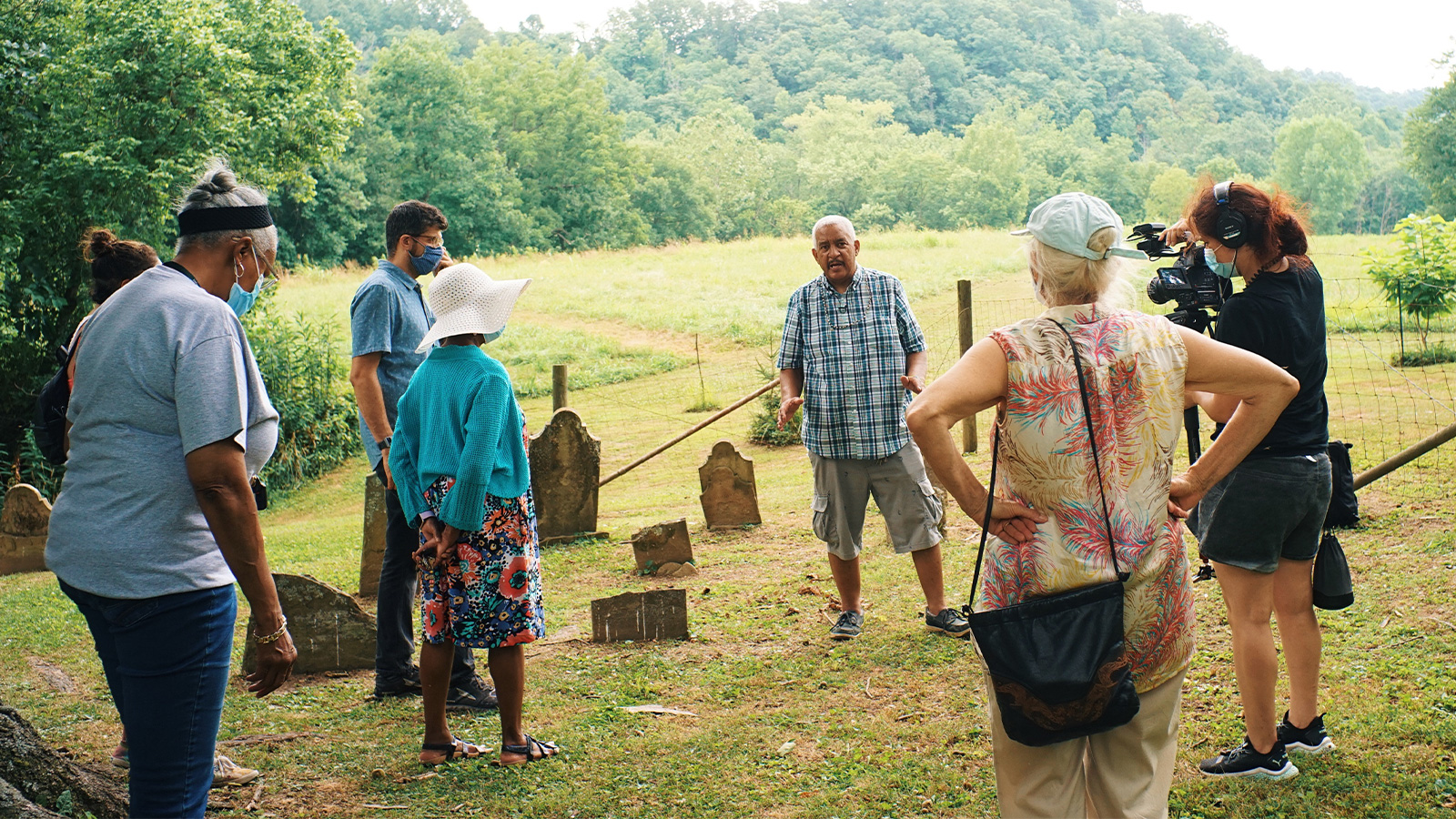
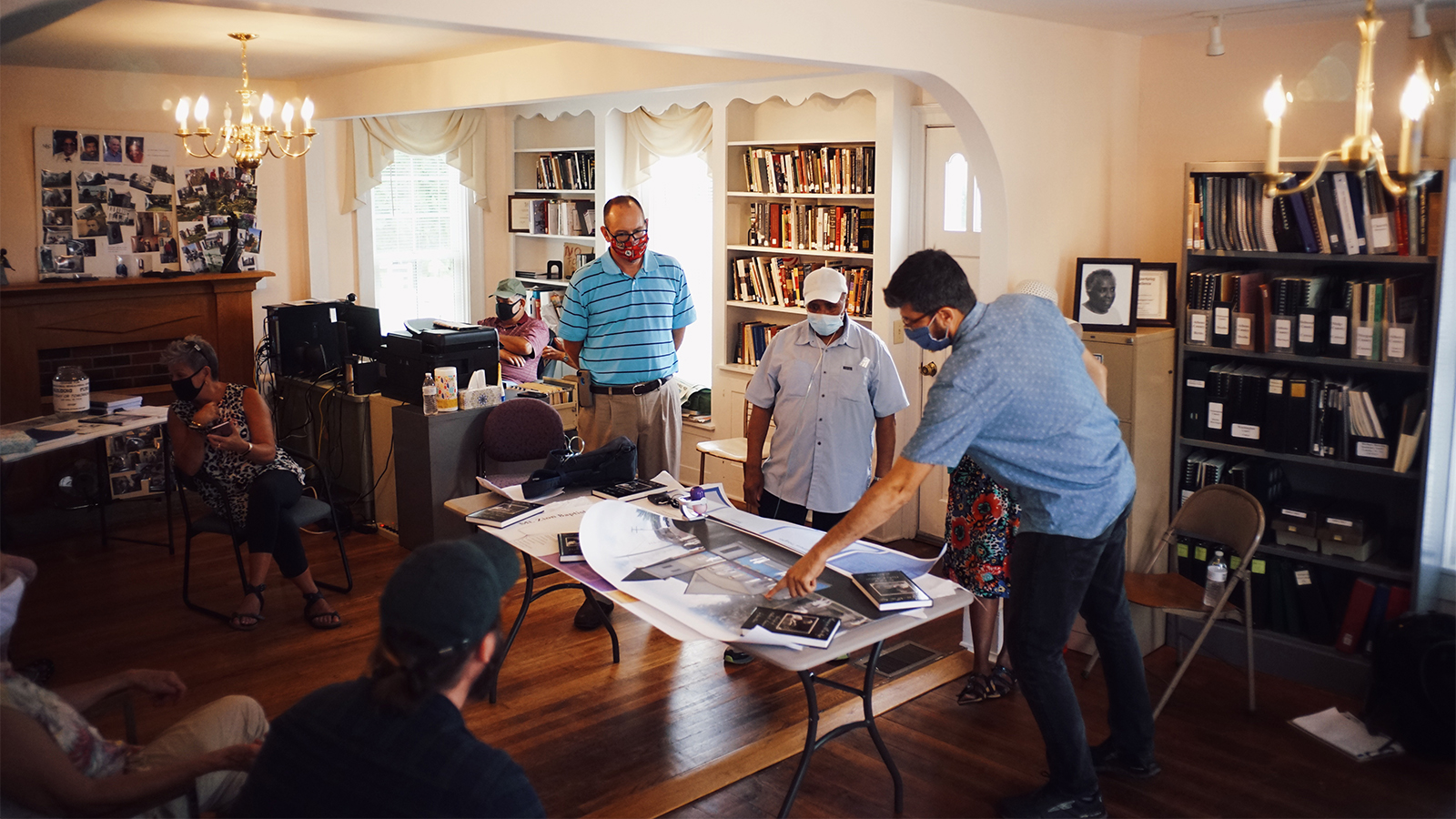
Mt. Zion Preservation Society members reviewing proposed plans at the culmination of the engagement process.
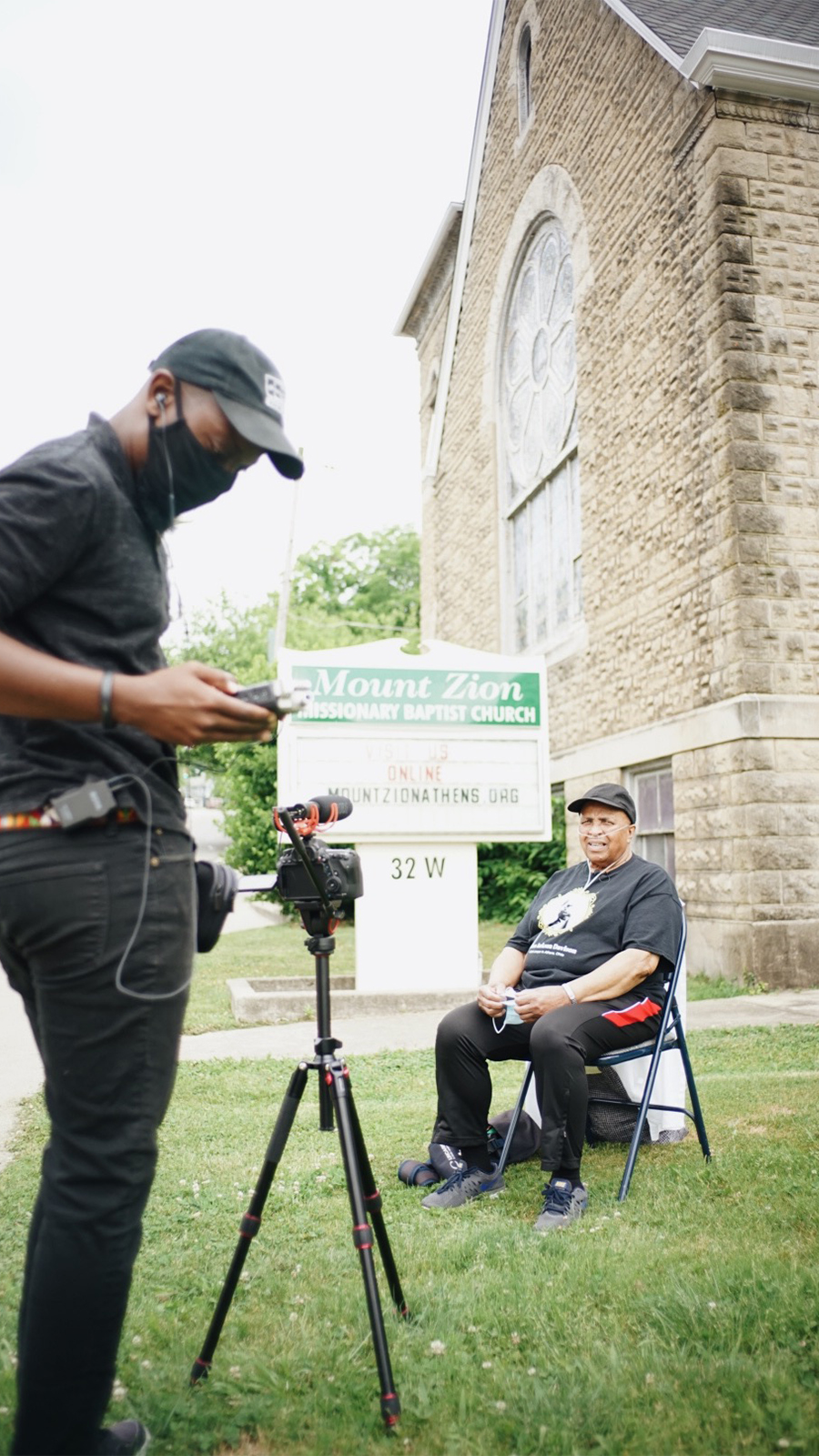
Ada Adams, one of the founding members of the Preservation Society and previous congregation member of Mt. Zion Baptist Church, being interviewed for a film documenting the legacy of the church.
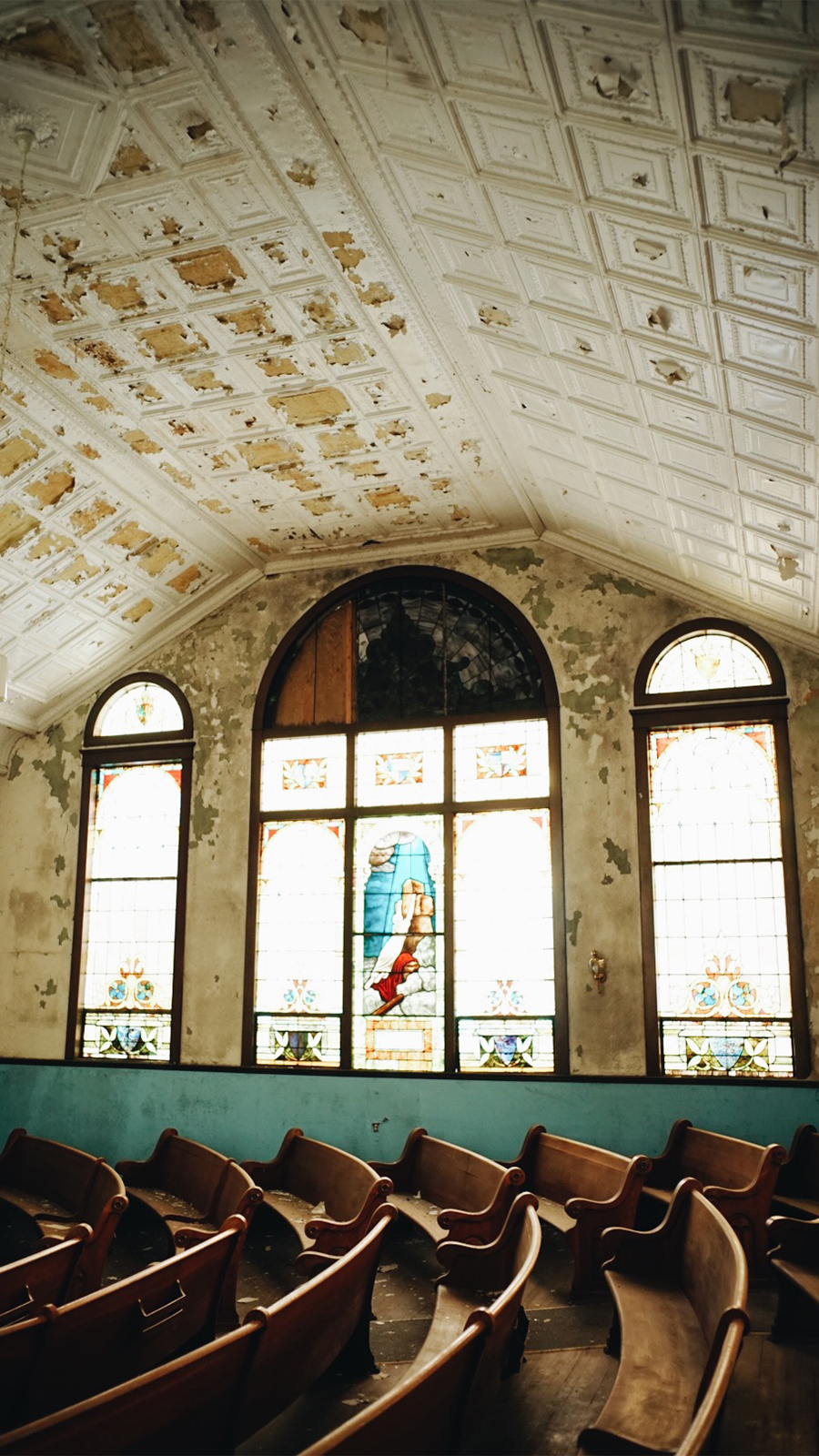
After several decades of neglect, the interior of the church has fallen into disrepair. The only element still in tact are the church's original stained glass windows.
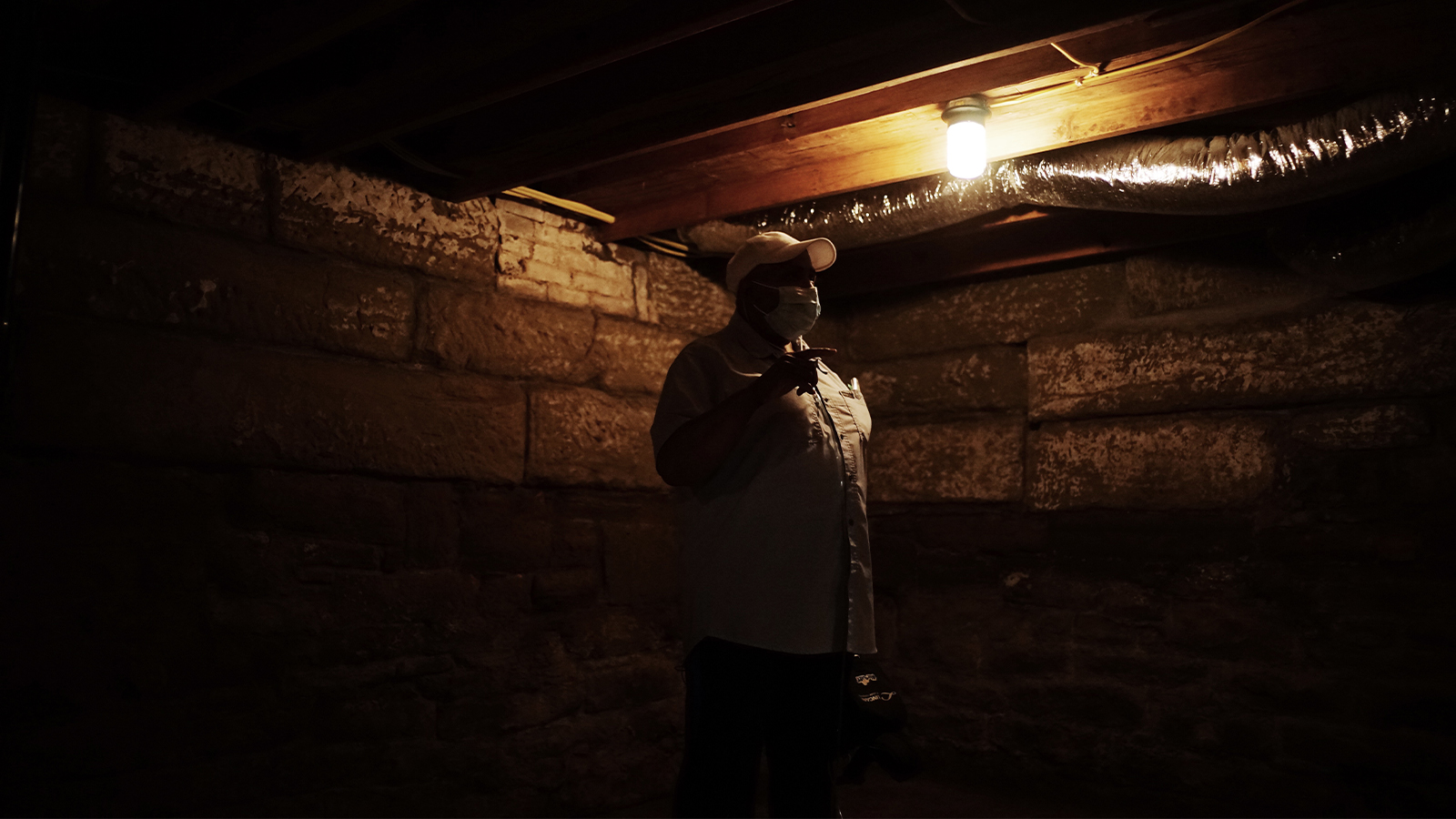
Ada Adams showing our team around Underground Railroad sites of the surrounding Appalachian region.
Originally scheduled for in person activities, TBD adapted to national health and safety protocols and transformed the workshop into a hybrid in-person/virtual model to assure public safety including socially-distanced site visits and online community engagement sessions.
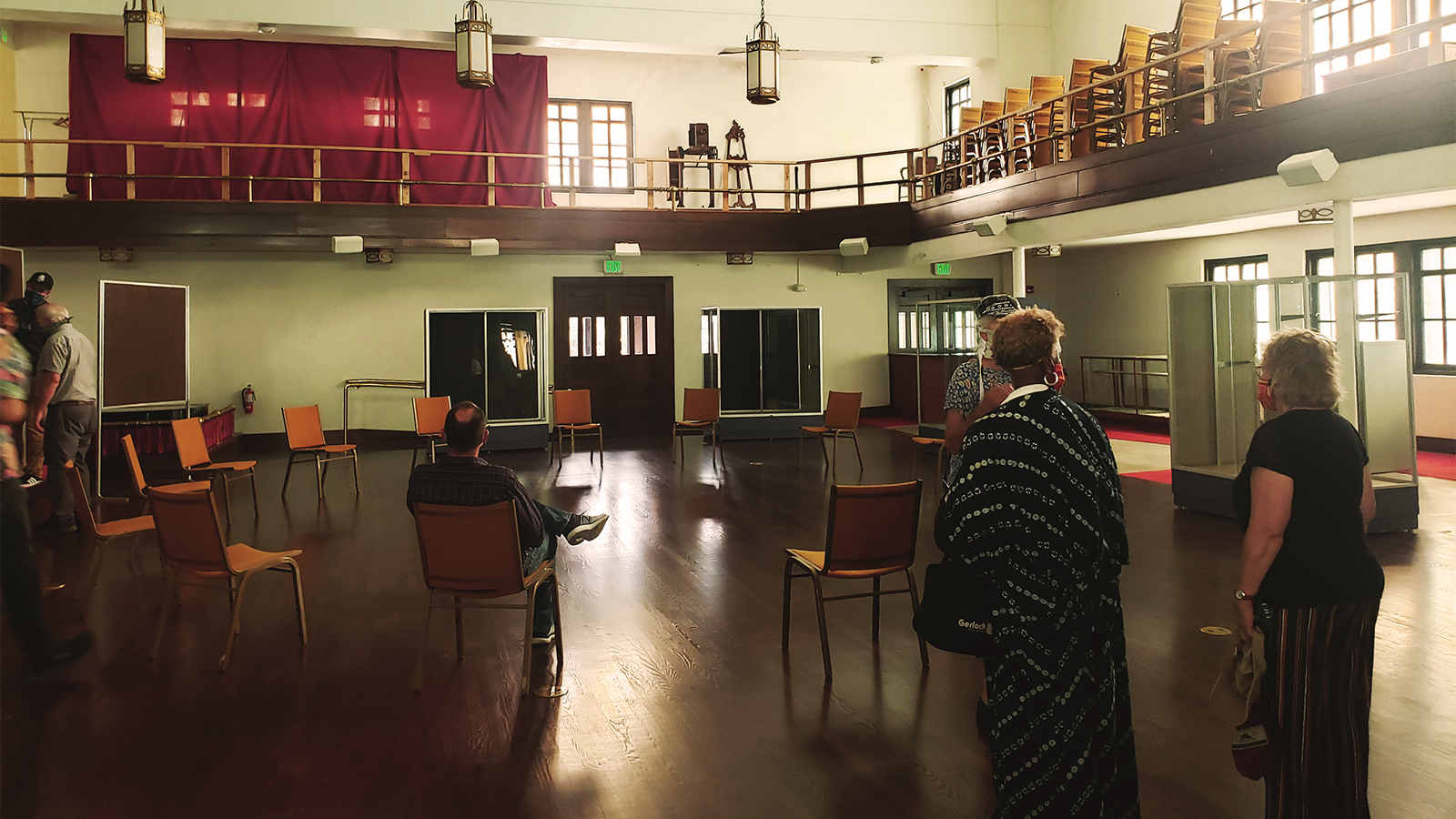
The final product was a Strategic Masterplan for the Mt. Zion community that took into consideration the current needs and possibilities for the church, while looking at the available network of resources and community members that will help in its growth and development. Download the full plan here.
To learn more about Mt. Zion and the current status of their project, visit www.mountzionathens.org. To learn more about the Citizens' Institute on Rural Design initiative, visit www.rural-design.org.
